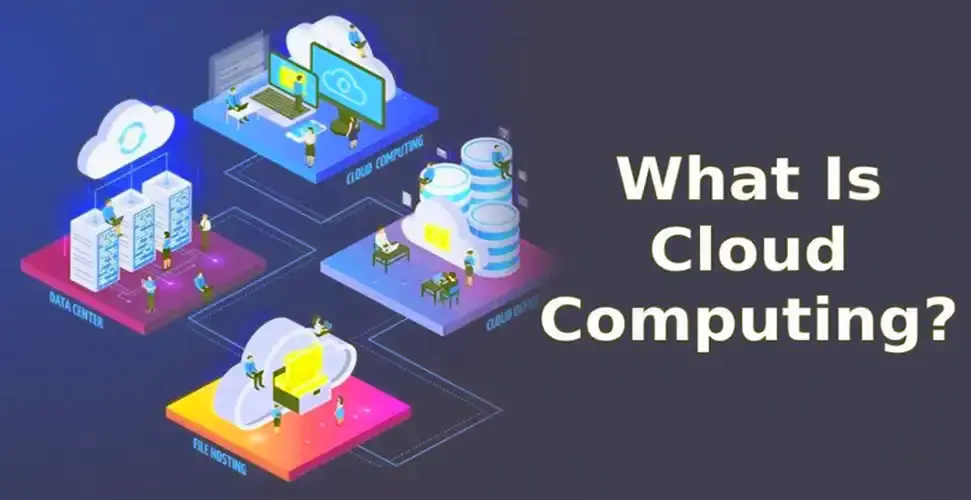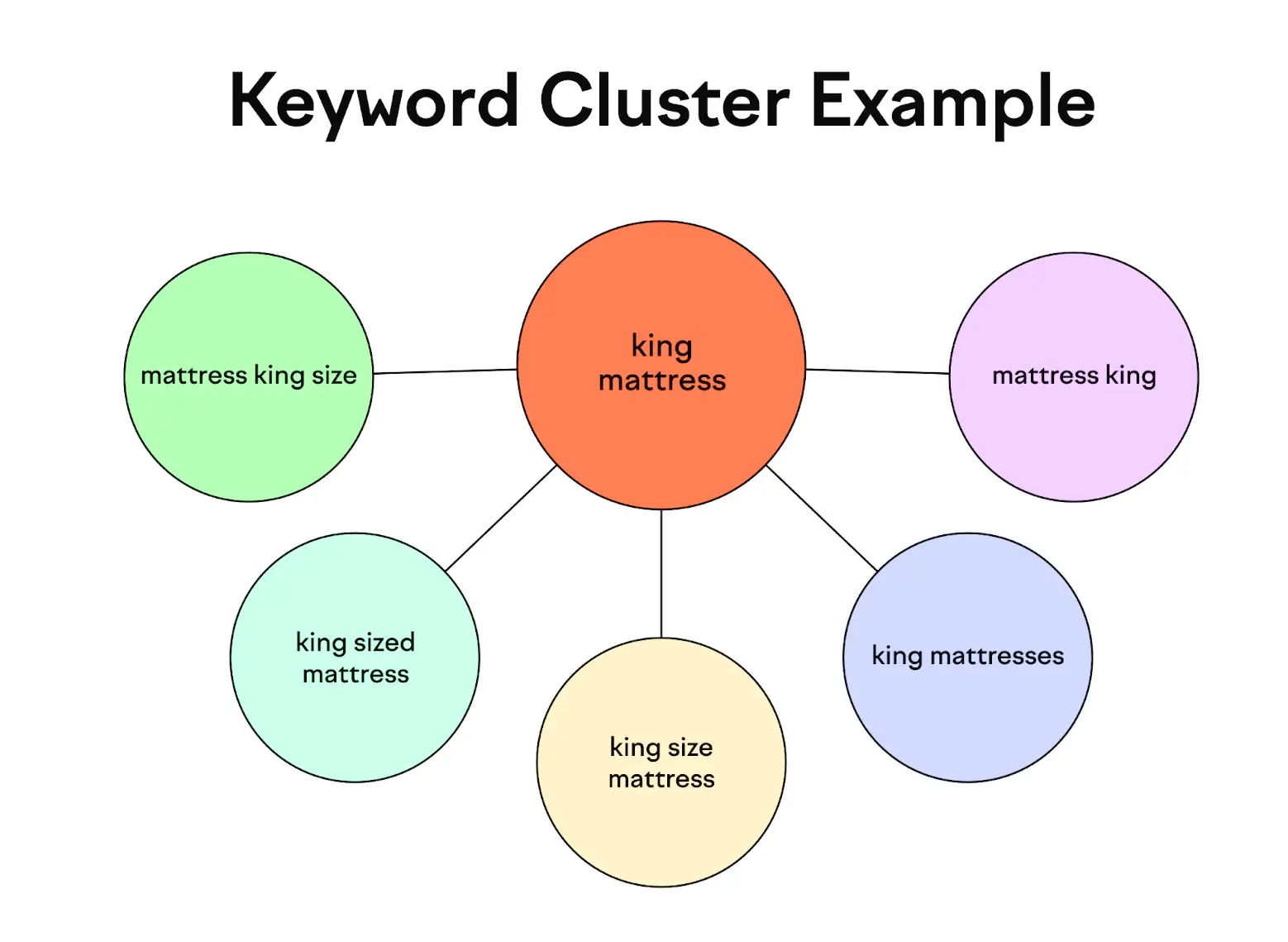
What is Cloud Computing? A Simple Guide for Beginners.
Think about sending an email, watching a movie on Netflix, storing photos online, or using Google Docs. Where do those emails, movies, photos, and documents actually live?
You've probably heard the term "cloud computing" or "the cloud." It sounds a bit mysterious, maybe like something floating in the sky. But really, it's much simpler and you likely use it every single day!
They aren't all stored directly on yourphone or computer. Instead, they are stored on powerful computers (called servers) owned by companies like Google, Netflix, or Apple, located in big buildings called data centers. You access them over the internet.
That's the core idea of cloud computing: using computer resources – like storage space, computing power, or software applications – that are located somewhere else and delivered to you over the internet.
Think of it Like Electricity
Imagine how you get electricity at home. You don't have your own power plant in your backyard, right? That would be expensive, complicated to run, and way more power than you usually need. Instead, you plug into the electricity grid provided by a power company. You use the electricity you need, when you need it, and you pay for what you use.
Cloud computing is similar:
- Instead of buying and managing your own powerful computers (servers): You "plug into" the services offered by a cloud provider (like Amazon, Google, or Microsoft).
- Instead of installing lots of software on your own machine: You access software running on the provider's computers through your web browser or an app.
- Instead of relying only on your device's storage: You save files to online storage provided by the cloud company.
You access these resources over the internet (like the power lines) and often pay for what you use (like your electricity bill).
Why is Cloud Computing So Popular? (The Benefits)
People and businesses use the cloud for many reasons:
- Cost Savings: Instead of buying expensive hardware and software upfront, you rent resources. This is often cheaper, especially for smaller businesses or individuals. You pay for what you consume.
- Flexibility & Scalability: Need more storage space? Need more computing power for a short time? With the cloud, you can usually scale up (get more resources) or scale down (get fewer resources) quickly and easily. Think of turning more lights on or off in the electricity analogy.
- Access from Anywhere: As long as you have an internet connection, you can access your files and applications from almost any device (laptop, tablet, phone), anywhere in the world.
- Automatic Updates: The cloud provider handles software updates and maintenance for the services they offer, so you don't have to worry about it.
- Reliability & Backup: Cloud providers often have multiple data centers and backup systems, making data loss less likely than if you stored everything on a single personal computer that could crash or get damaged.
- Collaboration: Cloud services make it easy for multiple people to work on the same documents or projects simultaneously (like Google Docs or Microsoft 365).
Different Types of Cloud Services
Cloud services generally fall into three main categories. Don't worry too much about the acronyms, focus on the idea:
- Software as a Service (SaaS): This is the most common type you probably use. It's ready-to-use software accessed over the internet.
- Think of it like:Renting a fully furnished apartment. You just move in and use it.
- Examples:Gmail, Netflix, Dropbox, Salesforce, Microsoft 365 (web versions).
- Platform as a Service (PaaS): This provides a platform for developers to build, test, and run their ownapplications without worrying about the underlying infrastructure (servers, operating systems).
- Think of it like:Renting a workshop with all the tools (like workbenches, power tools). You bring your project materials and build what you want.
- Examples:Google App Engine, Heroku, AWS Elastic Beanstalk.
- Infrastructure as a Service (IaaS): This offers the basic building blocks – virtual computers, storage, and networks – that companies can rent. They have more control but also more responsibility to manage things themselves.
- Think of it like:Renting the land and utility connections (water, electricity). You have to build your own house on it.
- Examples:Amazon Web Services (AWS EC2), Microsoft Azure (Virtual Machines), Google Cloud Platform (Compute Engine).
Where Does the Cloud Live? (Deployment Models)
There are also different ways the cloud can be set up:
- Public Cloud: Services are offered over the public internet and shared by many different customers. The cloud provider owns and manages all the hardware and software. (Think: riding a public bus). Examples: AWS, Azure, Google Cloud.
- Private Cloud: Services are dedicated to a single organization. The hardware might be in their own data center or hosted by a third party, but it's used only by them. Offers more control but can be more expensive. (Think: owning your own car).
- Hybrid Cloud: A combination of public and private clouds. An organization might keep sensitive data on a private cloud but use the public cloud for less critical tasks or extra capacity. (Think: owning a car but sometimes using the bus).
Who are the Big Cloud Providers?
While there are many cloud companies, the three largest global providers of public cloud services are:
Many other companies offer specific cloud services too, like Apple (iCloud), Dropbox, Salesforce, etc.
Things to Keep in Mind
While the cloud offers many benefits, there are a few things people consider:
- Internet Dependency: You need a reliable internet connection to access cloud services.
- Security & Privacy: You're trusting the cloud provider with your data. Reputable providers invest heavily in security, but it's always a consideration.
- Cost Management: While often cost-effective, pay-as-you-go models can become expensive if usage isn't monitored carefully.
In Conclusion
Cloud computing isn't magic floating in the sky. It's simply a way of delivering computing resources – storage, power, software – over the internet from powerful data centers.
It offers convenience, flexibility, cost savings, and reliability, which is why it powers so much of the digital world we interact with every day, from our emails and photo backups to the websites we visit and the movies we stream.
Leave a comment
Your email address will not be published. Required fields are marked *


